I’ve talked with many people who want to eat better but don’t know what to do about lunch during the week. They say they have 30 minutes for lunch, and the only options that are convenient are fast food meals or frozen dinners they can pop in the microwave at work. When I ask whether they would consider packing a large salad for lunch, they usually say they don’t know how to make a filling salad or don’t think they have time to chop up vegetables to prepare a salad every morning.
As you know, I believe what you put into your body is very important. I understand the desire for convenience, but I also know what years of eating poorly can do to your health. Waking up 10 minutes earlier each day may seem inconvenient, but so is getting sick often or even worse — having a heart attack or stroke.
A fresh, nutritious salad made up of dark greens (no iceberg lettuce!), colorful produce, raw nuts/seeds, and oil-free dressing (if you want to manage your weight) is the best thing you can put into your body. Dark greens have the highest nutrient content with a low number of calories (AKA, highest nutrient density) of any food, so you should try to eat them with every meal. An assortment of colors in your salad means you’re getting a good variety of nutrients, so make your salads as colorful as possible! Beans and nuts/seeds are important to include as well, because they provide protein and healthy fats, which will help keep you full. Fats — from nuts, seeds, and avocados — are essential salad additions because they help you absorb the fat-soluble vitamins (A, D, E, and K).
If you’re not used to eating salads, I encourage you to give your taste buds time to adjust. Set a goal, for example two weeks, of daily lunch salads. If you stick to it, you will find that you start to crave the fresh crispness of salad greens and colorful vegetables. You will also notice that you feel better after eating salads as opposed to fast food or salty frozen meals. You may even notice some weight loss!
When I worked at a law firm in downtown Nashville, there was one restaurant within walking distance that had a nutritious lunch option, so I had that once a week and brought my lunch the other four days. My packed lunch was always the same: a large bowl (with a lid) full of mixed greens, a handful of raw seeds, an apple or banana, and a sandwich bag stuffed with beans, various canned vegetables (like artichoke hearts, sliced beets, corn, etc.), and chopped bell peppers, cucumbers, red onion, tomatoes, carrots, avocado — whatever I had in the fridge. For dressing, I kept a bottle of red wine vinegar in my desk drawer. It might sound boring to you, but I actually looked forward to my giant salad every day!
One of the senior attorneys often commented on my “rabbit food,” and when I recommended he try eating a salad for lunch, he said he preferred burgers. And this was after his first triple bypass surgery. Seriously.
Let me clarify one thing though. Even though I ate a huge, beautiful salad at work almost every day, I was not spending my early mornings washing greens and chopping vegetables. I found a way to streamline the process so I only had to do all of that on Monday (or Sunday evening) and was set for the rest of the week.
Here’s how:
- Keep pre-washed lettuce or mixed greens in your fridge (you can buy bags or boxes from any grocery store).
- Make sure you have several small glass storage bowls that will each fit one 15-oz. can of vegetables. I always have one can of low-sodium beans in a storage bowl, plus at least two other canned vegetables in storage bowls. I also chop my fresh veggies (except avocado) on Monday and put those in storage bowls as well.
- Keep a variety of raw (unroasted and unsalted) nuts and seeds in their own storage bowls.
- Rinse out your salad bowl either at work after each lunch or at night so you don’t waste time in the morning.
- To make your salad, place a couple of large handfuls of greens in the bottom of your salad bowl and add a handful of nuts or seeds. Then pull out all of your small storage bowls and spoon about half a cup of beans into a sandwich bag. Next add a few spoonfuls of each of your other veggies, creating layers of veggies in your bag until it’s stuffed. Place the veggie bag in your salad bowl on top of the greens, and add a fruit (like an apple, orange, or banana). Close the lid, and you’re ready for the day!
After your salad ingredients are in their storage bowls, each morning all you’ll have to do is put them in their respective lunch containers. It should only take you about 5 minutes. Easy!
Check out my salads tab for more ideas if you want to change things up. Also, don’t hesitate to try new things! Add a handful of hemp seeds instead of pumpkin seeds, or experiment with different flavored vinegars (there are LOTS of different kinds). Vary your types of greens, as each one contains a slightly different nutrient combination.
Note: Raw spinach contains oxalic acid, which binds to calcium and prevents its absorption. It’s okay to have it mixed in with other greens, but try to avoid a salad with greens that are solely raw spinach leaves. Eat all of the cooked spinach you want though!
Okay, no more excuses! It’s time to order some storage bowls and stock up the fridge and pantry. Before you know it, packing a nutritious lunch will become part of your morning routine!
I even made a GIF for the visual learners!

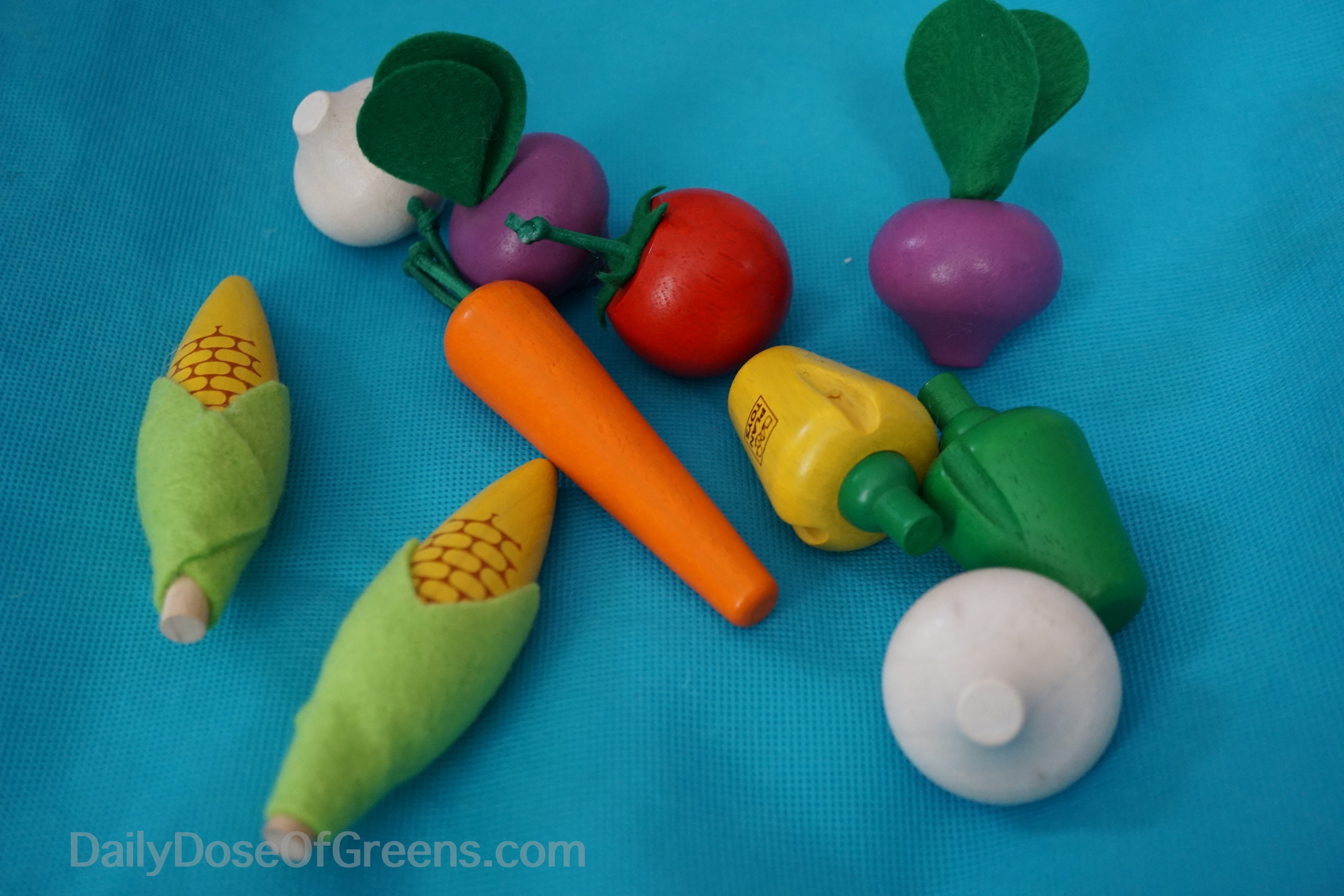
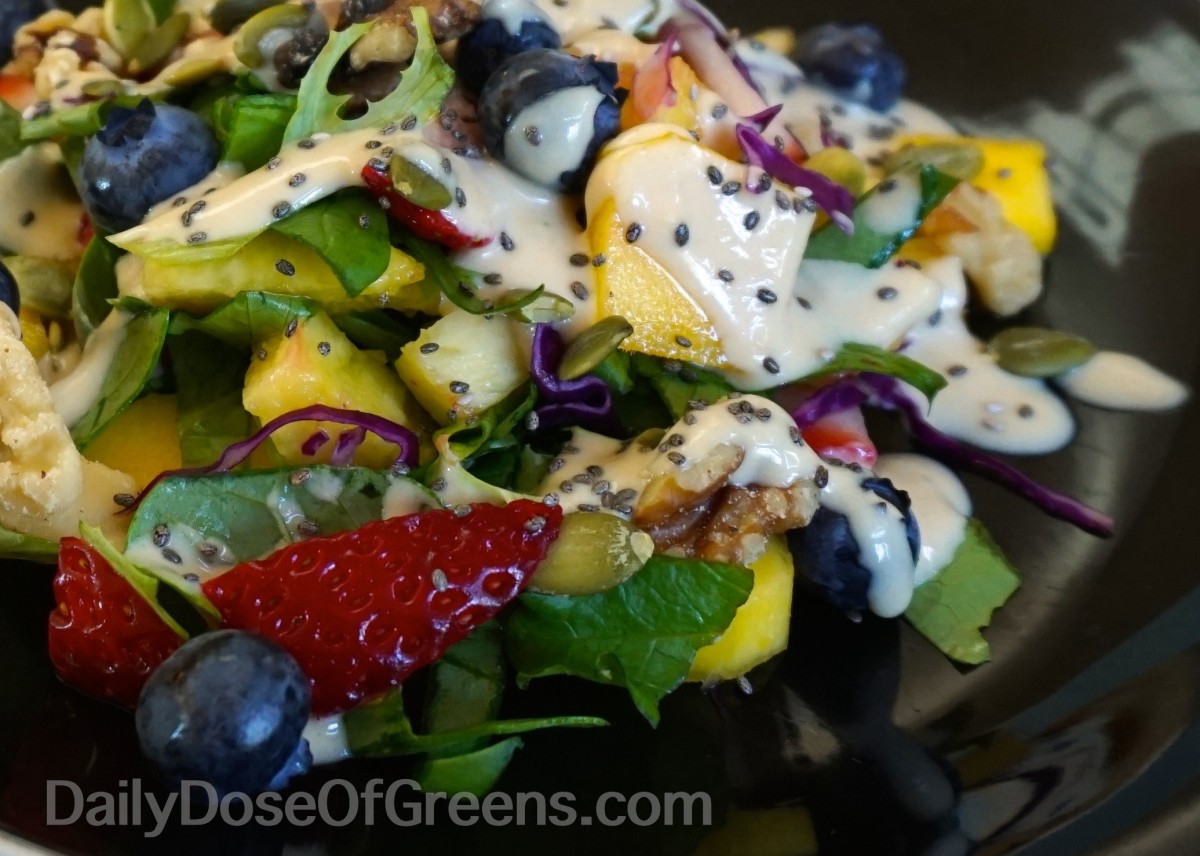
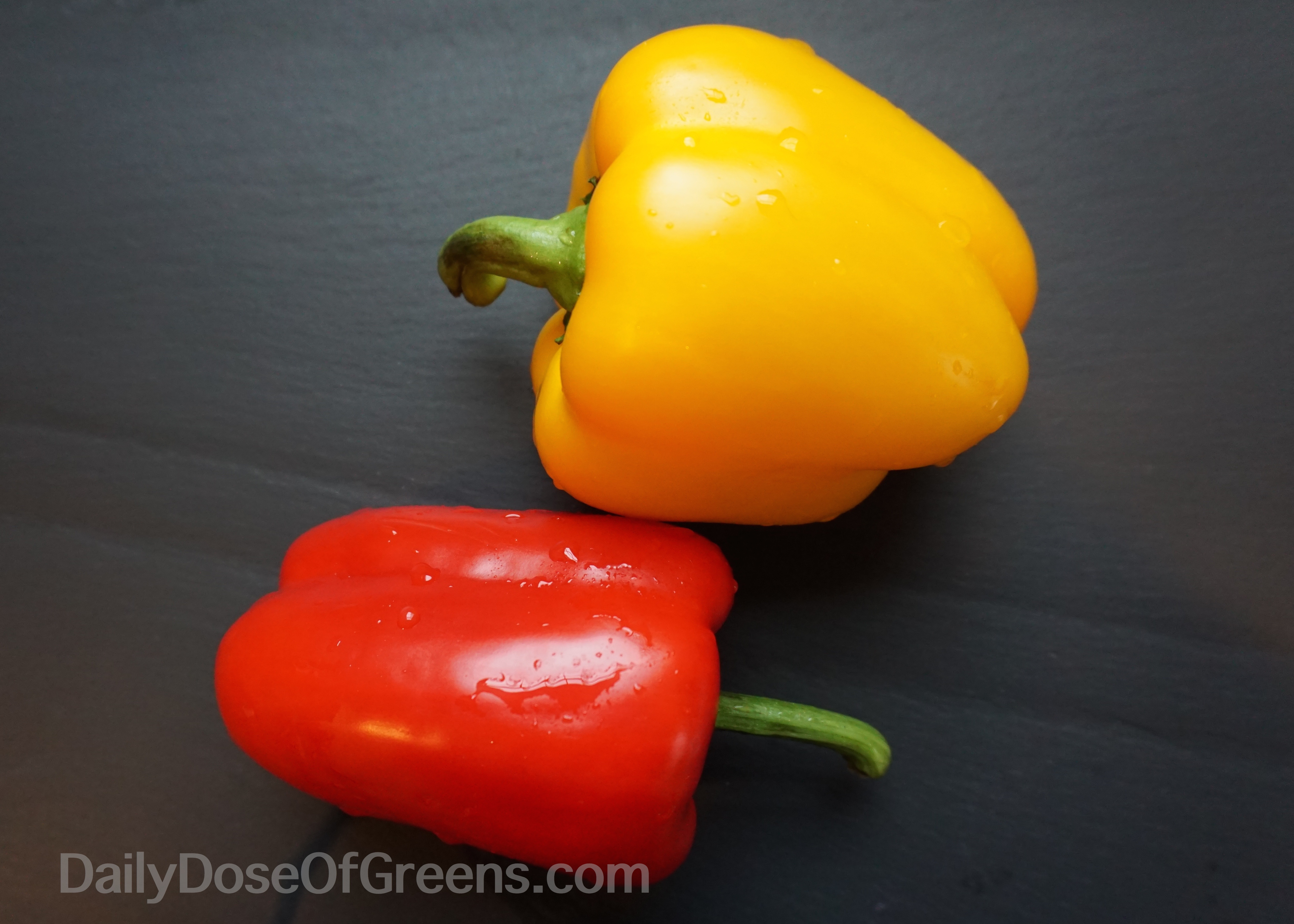
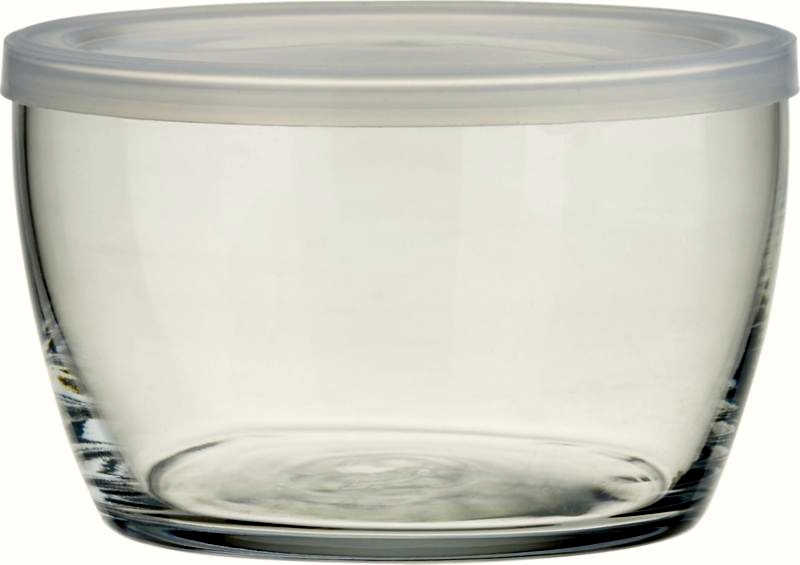

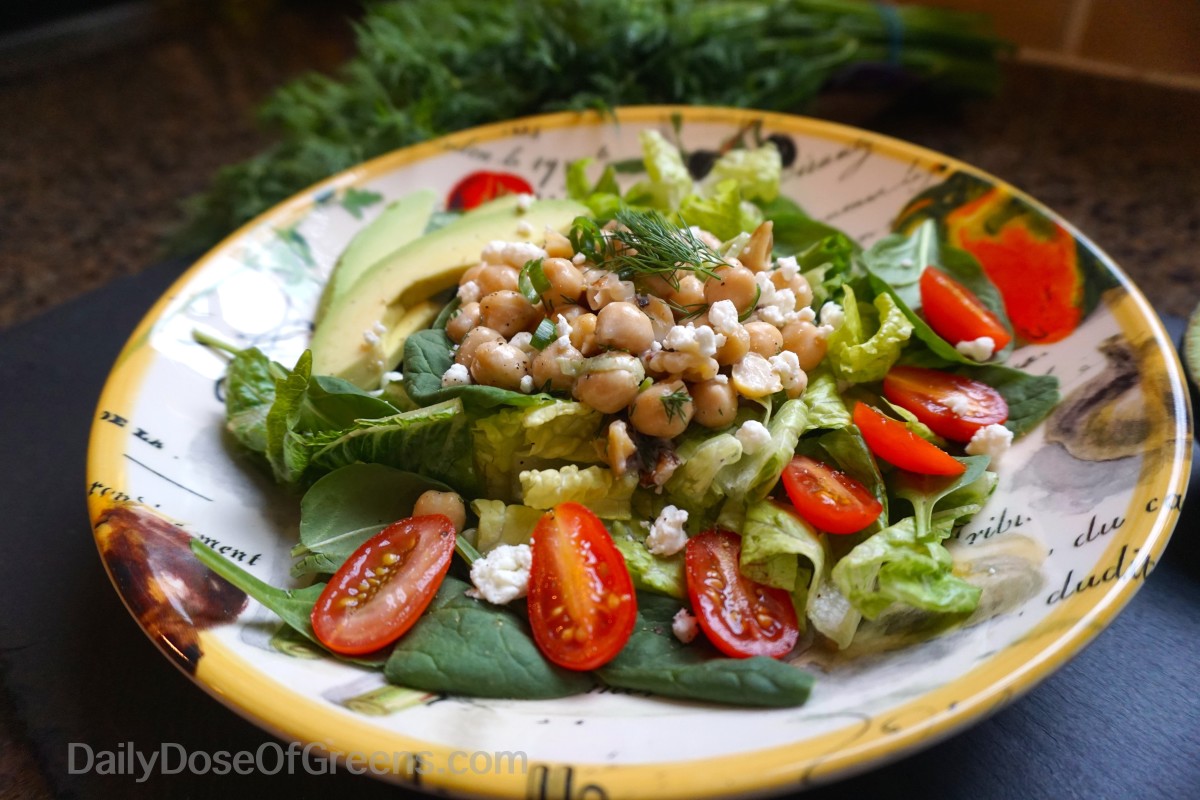
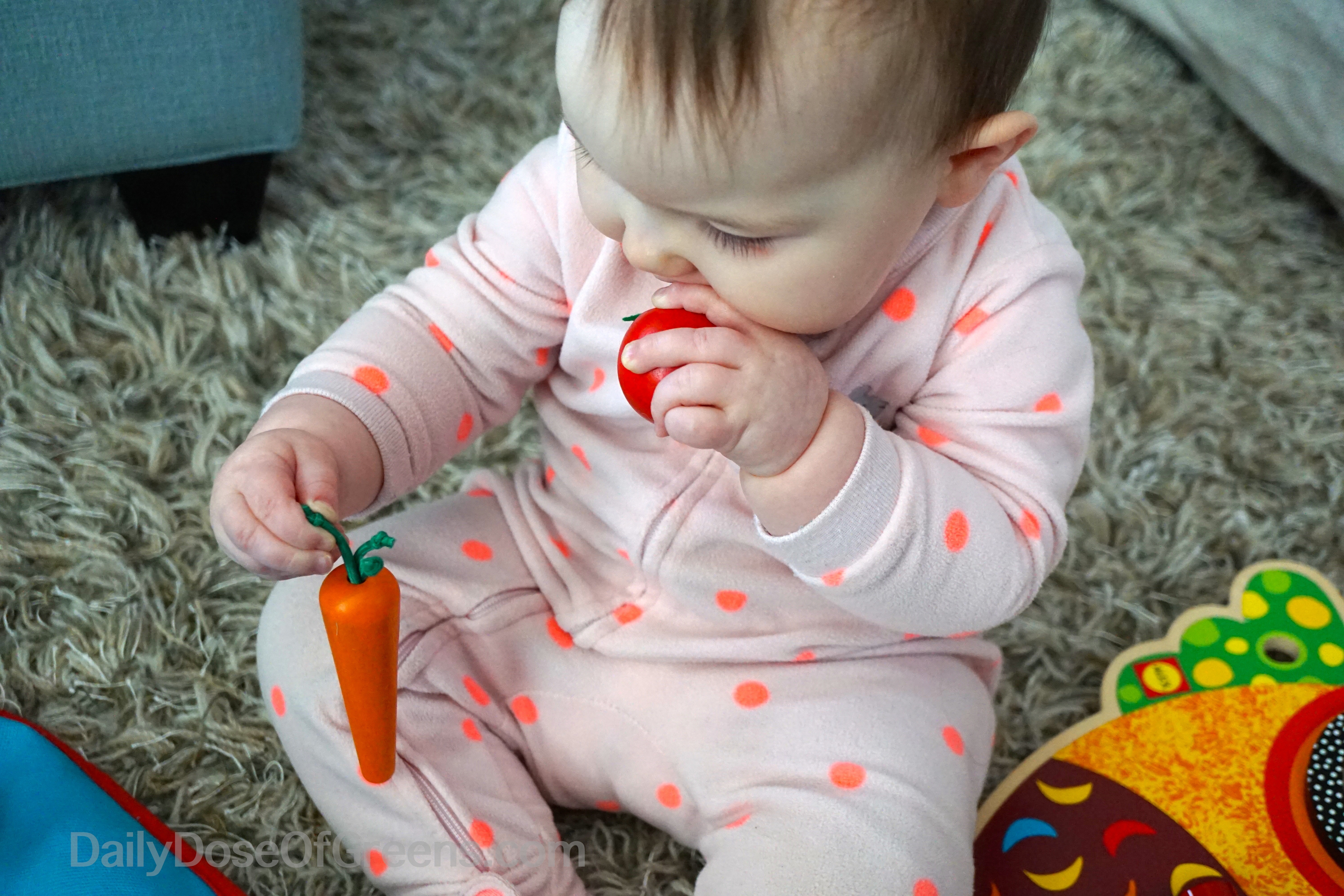


Love the graphic!